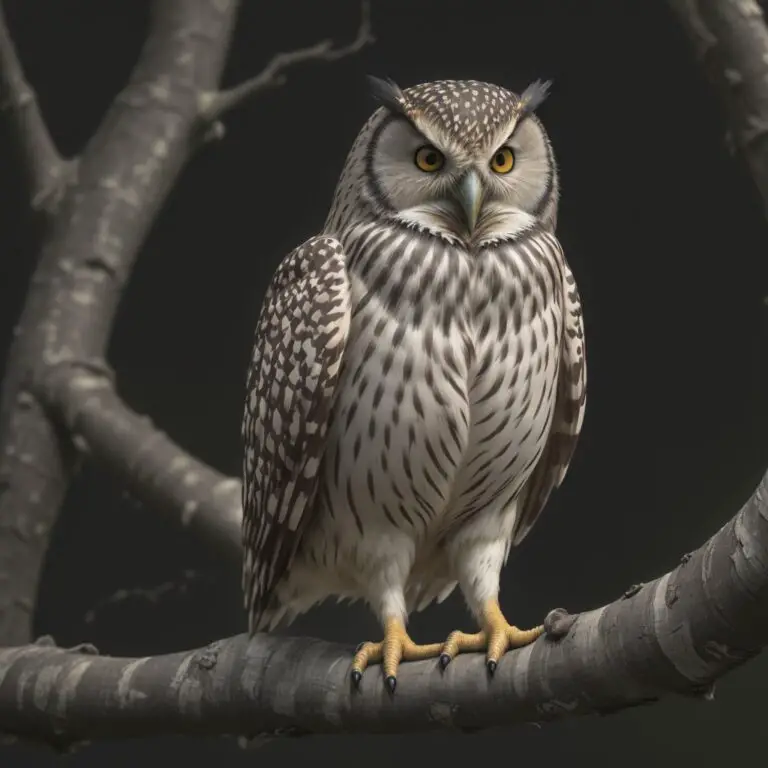When we think of owls, their round eyes, swiveling heads, and quiet wings are the first things that come to mind. But what if we told you that one of the most fascinating — and oddly funny — things about owls is hidden right beneath their feathers?
That’s right. We’re talking about owl legs. These surprisingly long, powerful, and fluffy limbs are not just for show — they’re crucial to an owl’s hunting skills and survival. Let’s uncover why owl legs are the unsung heroes of the bird world.
🌟 Why Are Owl Legs So Long?
Beneath all the feathers, owls have incredibly long legs. In fact, if you’ve ever seen a photo of an owl being gently lifted to reveal its legs, you might have laughed at just how lengthy they really are. So, why are they so long?
- Hunting Efficiency: Long legs allow owls to pounce on prey from the air with better reach and force.
- Stealth: Their feathers extend down the legs to keep them silent while moving through forests and fields.
- Grip & Control: These strong legs are equipped with powerful talons that can grasp and kill prey instantly.
📊 Quick Owl Leg Facts
| Feature | Details |
|---|---|
| Leg Length | Can make up 40-50% of their total body height |
| Covered In | Soft, thick feathers for warmth and silence |
| Used For | Hunting, perching, balance, and grabbing prey |
| Number of Toes | Four (three forward, one backward for grip) |
| Flexibility | High – knees and ankles bend differently than humans |
🦵 Anatomy of Owl Legs: More Than Meets the Eye
Owl legs are made for action. Here’s how:
- Thighs: These are short and muscular, connected to their pelvic bone.
- Lower Legs: This is the longest visible part when extended. It gives owls extra height during strikes.
- Talons: Each toe ends with a razor-sharp claw. The fourth toe is reversible to help them secure wriggling prey.
Owls have an amazing ability to keep their balance on tree branches thanks to a locking mechanism in their toes — called the hallux. It keeps their grip strong even while they sleep.
🧠 Fun Facts You Didn’t Know About Owl Legs
- Some species like the Great Horned Owl have legs almost as long as their bodies!
- The feathers on their legs protect them from cold and also help them sneak up on prey.
- Owls’ knees bend forward, not backward like people often think (you’re probably seeing their ankles!).
🤯 Why the Internet Loves Owl Legs
There’s a whole rabbit hole (or should we say owl hole?) of memes and funny reactions to owl legs online. These birds, usually seen as mysterious and majestic, suddenly become goofy and adorable when they lift their feathers.
“When you skip leg day… never!”
But aside from the humor, these legs are a serious asset in the wild.
🧩 Do All Owl Species Have Long Legs?
Yes — though the length and strength of their legs vary between species.
- Barn Owls: Thin, long legs built for quick hunting on the ground.
- Snowy Owls: Stockier legs with dense feathers to protect from the Arctic cold.
- Eastern Screech-Owls: Smaller legs but equally powerful for their size.
📚 Related Articles You’ll Enjoy
❓ FAQs About Owl Legs
Why don’t we see owl legs more often? Owls keep their legs tucked under their body feathers for warmth and stealth. You usually only see them during stretching or flight. Do owl legs help them fly? Not directly. Their legs assist with silent landings and help grab prey during flight, but their wings do the flying. Can owl legs get injured easily? Owls are strong birds, but like all animals, leg injuries from fights or mislandings can occur — though rarely in the wild. Are owl legs feathered all the way down? Yes, most owl species have feathers covering their legs and even down to their toes for insulation and camouflage.
🔚 Final Thoughts
The next time you admire an owl’s silent flight or fierce eyes, remember the powerful — and kind of hilarious — legs working behind the scenes. Owl legs are a perfect mix of form, function, and fluff, proving once again that nature is full of surprises.
Want more wild and weird owl insights? Check out the rest of our articles at MyOwlLeg.com and keep discovering the quirks of your favorite feathered friends.

